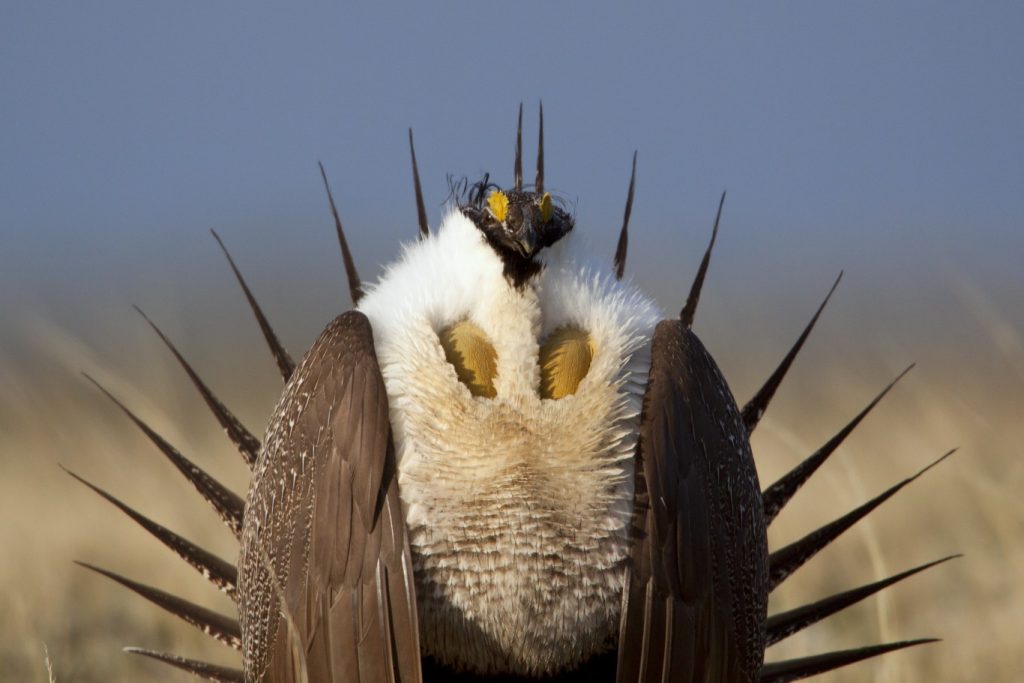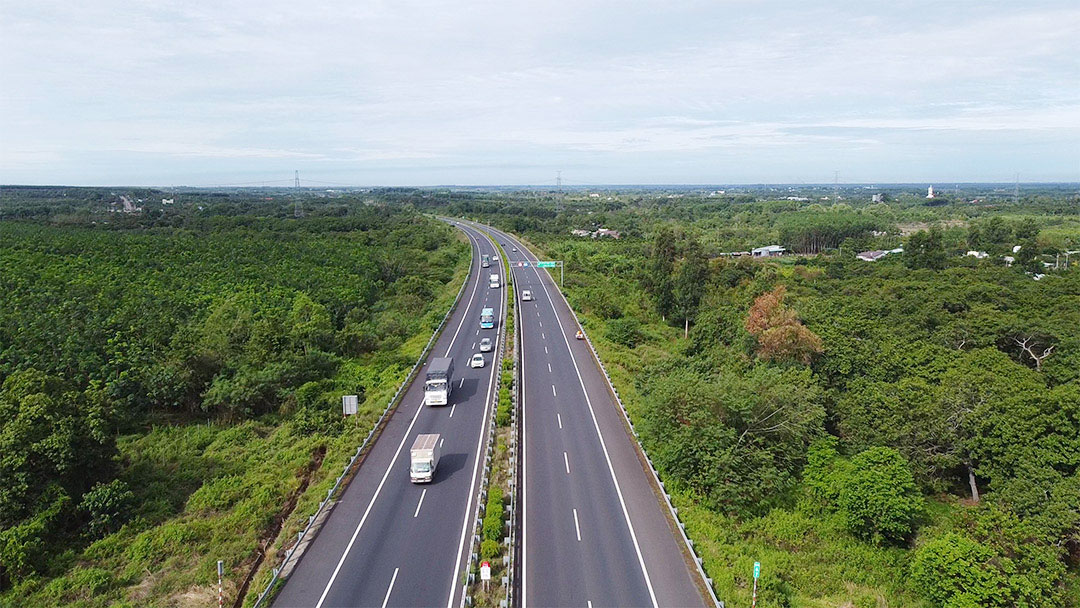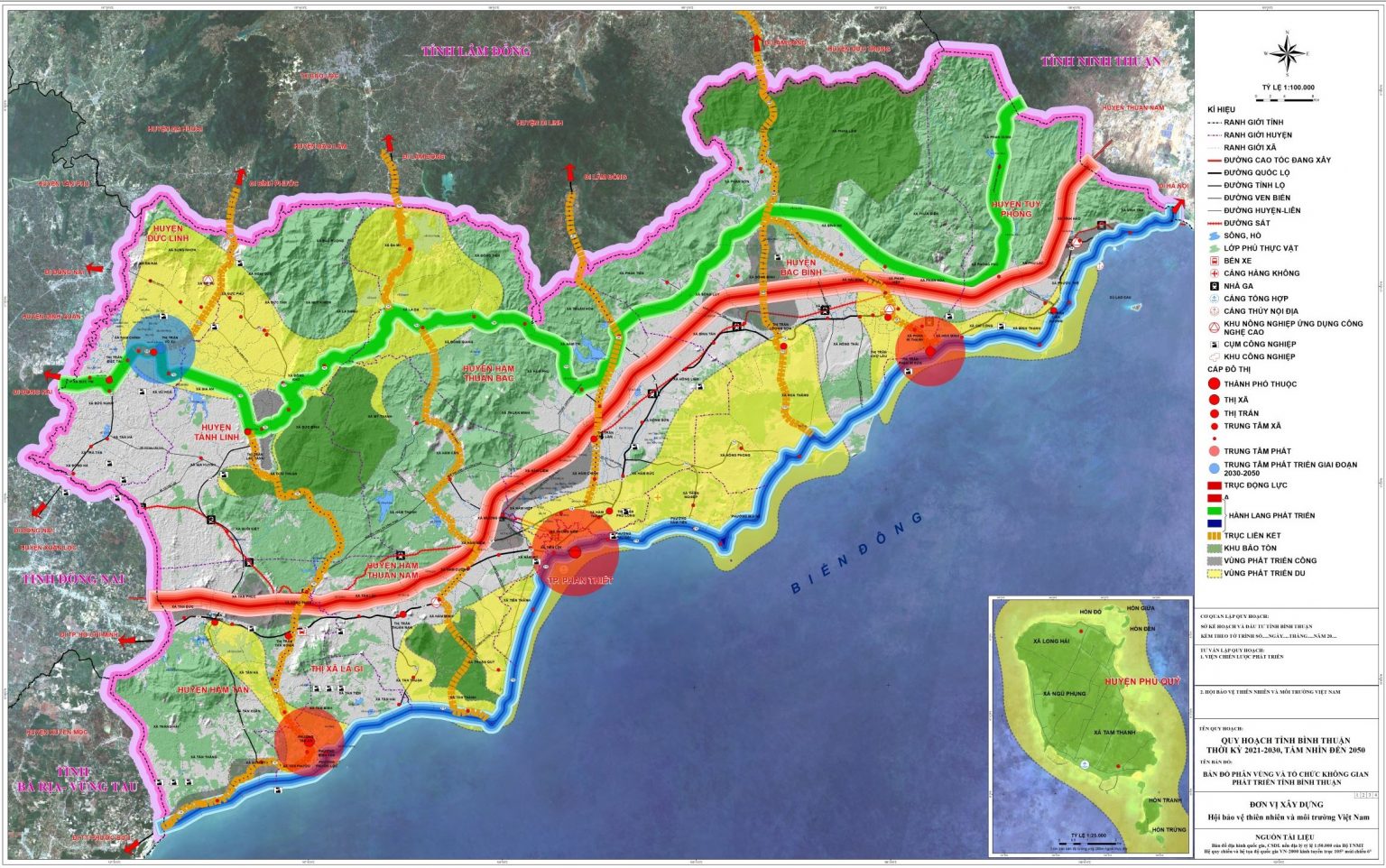Protecting Wyoming's Otters: A Critical Analysis Of Current Management Practices

Table of Contents
Current Status of Wyoming Otter Populations
Population Distribution and Trends
Otters in Wyoming primarily inhabit rivers and streams across the state, with higher densities observed in areas with suitable habitat, such as the Snake River, Green River, and North Platte River systems. Precise population numbers remain challenging to obtain, but data from the Wyoming Game and Fish Department (WGFD) suggests a relatively stable, though potentially fluctuating, population over the past decade. These fluctuations are likely influenced by several factors, including prey availability and habitat quality. Specific numbers are difficult to confirm due to the elusive nature of otters, requiring advanced tracking methods.
- Snake River: High otter density, but impacted by human development and water usage.
- Green River: Moderate otter density; habitat quality varies along the river’s length.
- North Platte River: Otter presence confirmed, but population size remains uncertain due to limited monitoring.
- Observed Decrease: A slight decrease in population was noted in the Wind River basin in 2022, potentially linked to a drought impacting prey species.
- Habitat Loss: River channelization and dam construction significantly impact otter habitat connectivity and overall distribution.
Habitat Quality and Availability
The quality and availability of otter habitat directly impact Wyoming otter populations. Key factors influencing habitat suitability include water quality, prey availability (primarily fish), and the extent of riparian vegetation. Human encroachment, through development and agriculture, further degrades available habitat.
- Water Quality: Pollution from agricultural runoff and industrial discharge can severely impact water quality, affecting both otter health and their prey base.
- Prey Availability: Declines in fish populations due to overfishing, habitat degradation, or water quality issues can directly affect otter survival.
- Riparian Zones: The loss of riparian vegetation (vegetation along riverbanks) reduces habitat complexity, providing less cover from predators and less suitable denning sites for otters.
- Habitat Restoration: The WGFD, along with various conservation organizations, are involved in several projects to restore degraded riparian areas and improve water quality. These initiatives represent crucial steps towards supporting healthy otter populations.
Current Management Strategies Employed in Wyoming
Legal Protections and Regulations
Otters in Wyoming benefit from legal protections under both state and federal laws. Hunting and trapping of otters are generally prohibited, unless authorized through special permits issued under very specific circumstances by the WGFD. These regulations are designed to protect otters from direct exploitation.
- Wyoming Game and Fish Department (WGFD) Regulations: The WGFD plays a crucial role in enforcing these regulations and monitoring otter populations.
- Federal Protections: While not currently listed as threatened or endangered, otters are protected under the Endangered Species Act (ESA) which protects habitats and prevents hunting.
- Effectiveness: While legal protections are in place, enforcement challenges remain in remote areas.
Monitoring and Research Initiatives
The WGFD employs various methods to monitor Wyoming otter populations and assess habitat conditions. These include scat surveys, camera trapping, and radio telemetry studies. While research efforts are ongoing, data gaps remain, particularly regarding the long-term effects of climate change and human-wildlife conflict.
- Scat Surveys: Used to estimate population density and assess diet composition.
- Camera Trapping: Provides data on otter activity and habitat use.
- Radio Telemetry: Allows researchers to track individual otters and gather fine-scale movement data.
- Research Gaps: More research is needed to better understand the impact of climate change and human development on otter populations.
Public Awareness and Education Programs
The WGFD conducts public outreach and education programs to raise awareness about Wyoming otters and the importance of their conservation. These initiatives encourage responsible behavior around otter habitats and promote coexistence between humans and wildlife.
- Educational Materials: Brochures, websites, and social media campaigns are utilized to disseminate information.
- Workshops and Presentations: Educational events are organized to engage the public and promote responsible practices.
- Effectiveness: While positive strides have been made, increased efforts are needed to reach broader audiences and effectively address human-wildlife conflict.
Challenges and Gaps in Current Management Practices
Impacts of Climate Change
Climate change presents a significant threat to Wyoming otter populations. Projected increases in temperature and changes in precipitation patterns can lead to reduced water availability, altered prey distributions, and increased susceptibility to diseases.
- Drought: Prolonged droughts can severely impact river flows and prey availability, reducing otter habitat suitability.
- Increased Temperatures: Higher temperatures can negatively affect water quality and increase the risk of disease outbreaks.
- Mitigation Strategies: Protecting and restoring riparian zones, promoting sustainable water management practices, and addressing climate change at a larger scale are essential for mitigating its impacts.
Human-Wildlife Conflict
Human-wildlife conflict is a significant challenge to otter conservation in Wyoming. Otters may occasionally prey on fish in aquaculture facilities, leading to conflicts with fish farmers. Additionally, they might damage property near riverbanks.
- Livestock Predation: While rare, otters may occasionally prey on livestock, generating conflict with ranchers.
- Property Damage: Otters may damage irrigation systems or other property near their habitat, leading to conflicts with landowners.
- Mitigation Strategies: Educating landowners about otter behavior, promoting non-lethal conflict resolution techniques, and improving habitat management to reduce human-wildlife encounters are critical.
Funding and Resource Limitations
Limited funding and resources constrain the effectiveness of otter conservation efforts in Wyoming. Increased funding is needed to support enhanced monitoring programs, expand research initiatives, and implement effective conservation measures.
- Staffing: The WGFD may face staffing limitations, hindering their ability to effectively monitor otter populations and address conservation challenges.
- Equipment and Technology: Investing in advanced monitoring technologies and equipment would improve data collection and analysis.
- Funding Solutions: Increased state and federal funding, as well as collaborations with conservation organizations, are essential to address these limitations.
Conclusion
Protecting Wyoming's otters requires a multifaceted approach that addresses the challenges outlined above. While current management practices offer a foundation for conservation efforts, improvements are needed in areas such as enhanced monitoring, targeted research to address climate change impacts, and robust public education initiatives. Increased funding and interagency collaboration are also essential. Continued dedication to the conservation of Wyoming otters is vital for maintaining the biodiversity of this unique ecosystem. Let’s work together to ensure the future of Wyoming otters through proactive and informed management practices. Learn more about how you can contribute to Wyoming otters conservation and get involved today!

Featured Posts
-
 Canada Post Strike Looms Impact On Businesses
May 22, 2025
Canada Post Strike Looms Impact On Businesses
May 22, 2025 -
 Ten Cau Va Duong Ket Noi Binh Duong Va Tay Ninh La Gi
May 22, 2025
Ten Cau Va Duong Ket Noi Binh Duong Va Tay Ninh La Gi
May 22, 2025 -
 Duong Cao Toc Vung Tau Thong Tin Moi Nhat Ve Ngay Thong Xe
May 22, 2025
Duong Cao Toc Vung Tau Thong Tin Moi Nhat Ve Ngay Thong Xe
May 22, 2025 -
 Beenie Man Announces Nyc Domination A New Era In It
May 22, 2025
Beenie Man Announces Nyc Domination A New Era In It
May 22, 2025 -
 Abn Group Victoria Awards Media Account To Half Dome
May 22, 2025
Abn Group Victoria Awards Media Account To Half Dome
May 22, 2025
Latest Posts
-
 Danh Gia Hieu Qua Dau Tu Cac Du An Ha Tang Giao Thong Tp Hcm Binh Duong
May 22, 2025
Danh Gia Hieu Qua Dau Tu Cac Du An Ha Tang Giao Thong Tp Hcm Binh Duong
May 22, 2025 -
 Phan Tich Tac Dong Cua Cac Du An Ha Tang Den Giao Thong Tp Hcm Binh Duong
May 22, 2025
Phan Tich Tac Dong Cua Cac Du An Ha Tang Den Giao Thong Tp Hcm Binh Duong
May 22, 2025 -
 Du An Ha Tang Giao Thong Tp Hcm Binh Duong Dong Luc Phat Trien Kinh Te
May 22, 2025
Du An Ha Tang Giao Thong Tp Hcm Binh Duong Dong Luc Phat Trien Kinh Te
May 22, 2025 -
 Nhung Du An Ha Tang Thuc Day Giao Thong Tp Hcm Binh Duong
May 22, 2025
Nhung Du An Ha Tang Thuc Day Giao Thong Tp Hcm Binh Duong
May 22, 2025 -
 Phan Tich Chi Phi Va Loi Ich Xay Dung Cau Ma Da Dong Nai
May 22, 2025
Phan Tich Chi Phi Va Loi Ich Xay Dung Cau Ma Da Dong Nai
May 22, 2025
